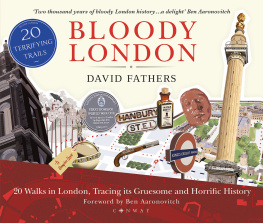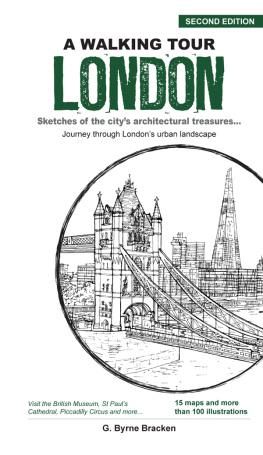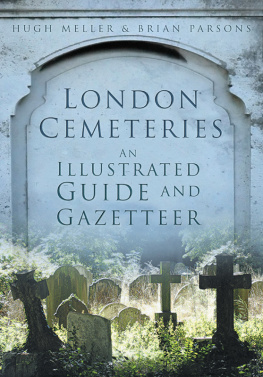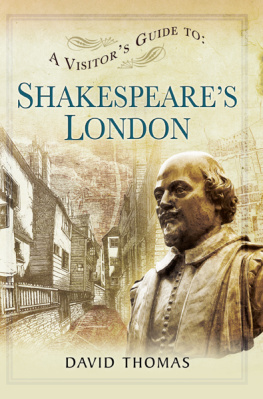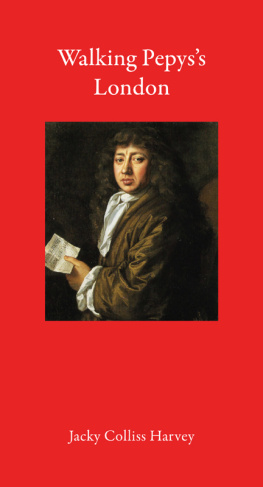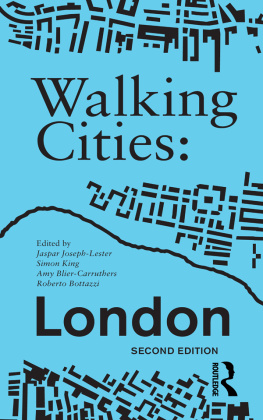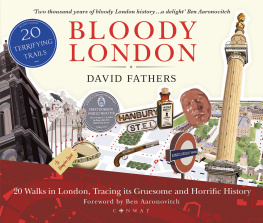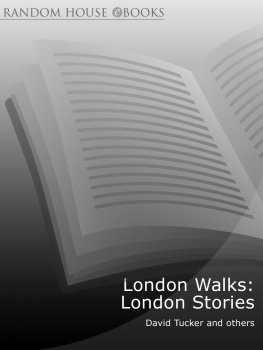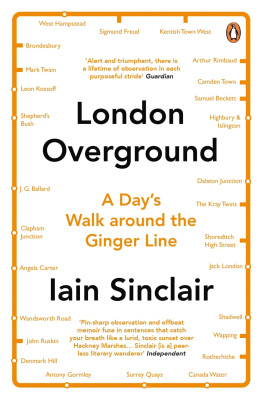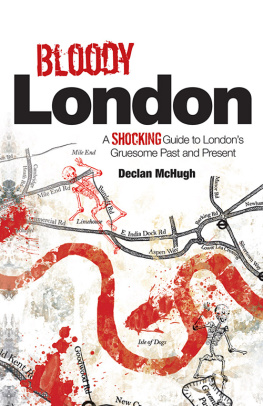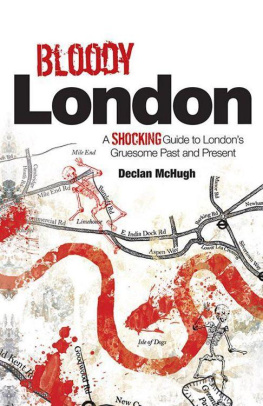

CONTENTS
FOREWORD
It is one of the occupational hazards of being a crime writer that one cannot pass a moment in idleness without contemplating murder. So, for us crime writers, the streets and parks of our cities have long been a playground of imagined mayhem. Would it be, we ask ourselves, a crime of impulsive anger? If so, would our killer escape the scene and cover their tracks? Or was it planned? Was the victim lured into a position where they could be shot, stabbed or poisoned? When our fictional detectives arrive on the scene what clues will they find?
It is also one of the joys of being a writer who lives and tells stories in London that you are surrounded by history. Not just the big obvious glamorous stuff such as the Tyburn gallows, the plague pits and the rookeries of St Giles, but also the little stories of the everyday the Piggeries and Potteries in Notting Hill, the homeless shelter at Arlington House and the unassuming riverside villa where Holst lived.
This is doubly so for a writer like me, who has so often used the history of London as a springboard for my imagination. I have frequently written myself into a corner in some forgotten corner of the capital, confident that London will provide some piece of history or folklore as a lifeline.
So, imagine my joy when David Fathers asked me to write a foreword for his latest book. When I got my electronic preview copy, I opened it up expecting to know most of the horrible events but I was wrong.
Id never heard of the trap door into the Fleet for inconvenient corpses at the Red Lion, mirroring the notorious Beale Street establishment known as the Castle of Missing Men whose back door led directly into a funeral parlour.
Or that Primrose Hill and Chalk Farm were favoured spots for duelling in the 18th Century. Two naval officers clashed there in 1803 and the survivor only escaped hanging due to the intervention of Lord Nelson. Ive also learned of the French-Canadian gangster who ran Soho in the 1920s and ended up dead in a ditch in St Albans and the murder in the household of the exiled King of Greece.
David Fathers has managed to cram two thousand years of bloody London history into his book complete with beautifully clear maps and illustrations. His twenty walks each provide even the most jaded Londoner with a unique perspective on their city and will, I suspect, be a delight for any visitor.
Ben Aaronovitch

INTRODUCTION
Take a walk through Bloody London; from the once squalid East End, home of the countrys most infamous killer, through the City with memories of fire, prisons and plagues, to the West End of gangland killings, serial murders and ruthless conspirators (not forgetting those who accidentally drowned in beer). Moving beyond, to the execution fields of Tyburn and, further, to the white stuccoed terraces and verdant squares of west London with gruesome tales of acid baths, terrorism and a missing, murderous Lord. Stroll through north London past the homes of poisoners; sites of disaster, duels and prisons. Then onwards to south London with its own ample share of poisoners, murderers and a hapless Victorian parachutist. Journey through Westminster, where a prime minister was shot dead and a king beheaded, and along the Thames to a bridge that once displayed decapitated heads as a warning to all. And finally venturing downstream to the Tower, infamous for torture, imprisonment and death.

The head of Hannah Brown recovered from Ben Jonson Lock on the Regents Canal in Stepney.
One law for the rich and another for the poor
In 1765, Lord Byron, great uncle of the poet, killed his cousin in a duel. The House of Lords found him guilty of manslaughter, but he did not hang because Byron was able to read a verse of the bible in Latin, which gave him the Benefit of Clergy. He was therefore above the law and any punishment. Fourteen years later no such benefit was afforded to the Reverend James Hackman. After shooting his former lover dead, he was hung ignominiously at Tyburn. In the early nineteenth century, a glowing character reference from a previous employer could also save you from the scaffold. In 1803, Captain James MacNamara RN had killed a fellow officer in a duel, on Primrose Hill. Later in court, Lord Horatio Nelson stood up and gave MacNamara such an excellent reference that he was acquitted and walked free.

A bottle of tartar emetic from the cabinet of George Chapman.
Following the First World War, Dr Norman Rutherford shot his wifes lover dead, an action that should have seen him hanged, were it not for the testimonies of his fellow military doctors, who supported the suggestion that he was insane. Dodging the noose, Rutherford was despatched to Broadmoor Hospital only to be freed in 1928. That same year, William Holmyard, a former soldier, attacked and killed his grandfather. Holmyard had no influential friends to stand up for him and was later hanged.
A sizeable number of women whose pitiful stories are told in this book were prostitutes. For these women, the very nature of their work placed them at great risk. Until the introduction of the welfare state, law and tradition put many women at an economic disadvantage.
A Victorian working class woman, without the financial support of a husband or partner, had to take low paid, menial work just to stay alive. No social security payments were available and the only alternative was the brutal regime of the workhouse. Faced with this choice, many women sold their bodies for money.
Execution and reform
In the eighteenth century, the day of an execution in London was often a holiday for many (though perhaps not for the condemned) with an excursion into the countryside west of London or Tyburn, as it was then known. Grandstands overlooking the gallows were constructed for those who could afford the admission fee. A carnival atmosphere developed before the big event with food, drink and confectionery being sold. Afterwards, the executioner would often sell the clothes of the deceased and one-inch sections of the noose to the public as souvenirs.
Following the Gordon Riots in 1780, the government decided that it was no longer safe to move those condemned to die from Newgate Prison to Tyburn, as they might become a focus of opposition or insurrection. From 1783, hangings took place outside Newgate Prison. These events would still attract massive crowds if the felons were notorious such as the Edgware Road murderer, James Greenacre. In the case of poor Eliza Fenning, she was almost certainly not guilty of attempted murder by poisoning, but was hanged regardless in 1815. Forty-five thousand people turned up to witness this miscarriage of justice.
By the mid-nineteenth century, there was a steady call from some politicians and the public to ban public executions altogether. Not only were they a gruesome spectacle but numerous people and children were being killed trying to witness the event. The use of the death penalty for crimes such as theft and forgery was abolished in 1832. A Royal Commission set up in 1864 did not abolish the death penalty, but did demand that executions be carried out within prisons. The Fenian, Michael Barrett, was the last person to be publicly executed in the UK, in 1868. It was not until 1965 that the death penalty was finally abolished in the UK.

